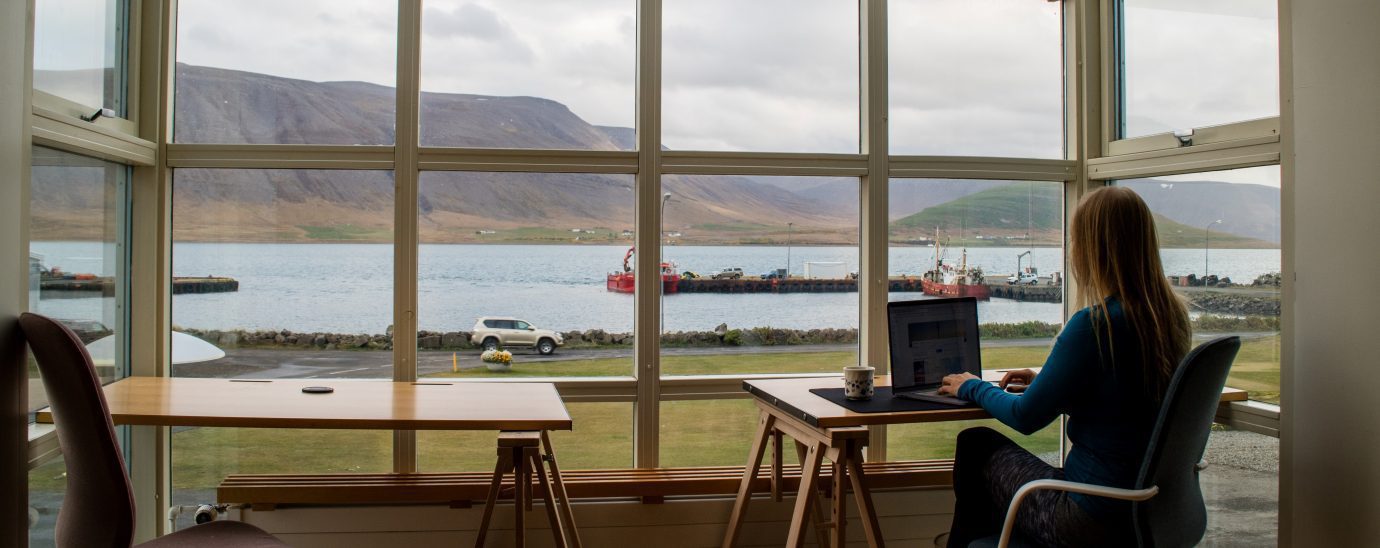Using SAM to manage the security threat of remote working

Libby Bagley is Community Manager at License Dashboard, discusses the value that software asset management (SAM) has in mitigating against the security threats that come with remote work.
Much has been written about the pandemic accelerating digital transformation, and rightly so. A global shift to remote working has changed the way we work forever, adopting new technologies and adapting to more efficient processes.
However, remote working isn’t without its challenges, especially when it comes to cybersecurity. UK companies certainly bore the brunt of this, with two in five businesses experiencing security breaches in the months following lockdown. It shouldn’t come as a surprise. The average home set-up is far less restricted than a typical work environment, posing a risk to customer data, financial stats and other corporate information.
Then we have to consider the threat itself of employees accessing files and software from multiple locations, networks and devices, making it even more challenging for IT departments to protect their estate.
The link between SAM and cybersecurity
Software asset management isn’t only about maximising budgets and staying on top of audits, although this is probably what it’s best known for. SAM is more than simply managing compliance – it can, and should, be used as a key tool in the fight against cybercrime.
To protect an IT estate, you of course, need to be aware of what it contains. The purpose of software asset management is to give you full visibility of every aspect of your organisation’s software usage, from deployment to end of life. SAM gives you a clear view of all licenses, how they’re being used, by whom, and when. In a world where working from home is becoming the norm, the value of this kind of insight can’t be underestimated.
The right SAM tools also allow your IT department to establish that all products are being kept up to date. Any necessary patches have been successfully installed, thus playing a vital role in ensuring any vulnerabilities that could cause your business problems to be removed as soon as possible.
The most common security challenges posed by software use
As workforces become increasingly split across numerous locations, we’re beginning to see some common issues regarding employee software use:
- The use of outdated software – sounds innocent enough, but using outdated software or not updating software when prompted can make you a target for cybercriminals. Software vendors are always fixing vulnerabilities and adding patches, and it’s crucial to take advantage of this to avoid being exposed to security flaws. Coupled with the fact that remote workers may not be on the same centralised system for updating anti-virus software, extra effort must be made to communicate the importance of prompt updates.
- Indiscriminately adding software – rogue installations and unregulated IT resources can encompass anything from illegal downloads to online purchases from an unknown vendor, and staying on top of it is a key step in combating software misuse. When staff are working remotely, software asset management allows you to track software use and behaviour and mitigate these risks.
- Sharing removable media – when inappropriate software is shared from machine to machine, it can compromise assets or open breaches. With many employees working from home and potentially sharing devices with those they live with, this becomes an increasing threat.
Communicating the importance of correct software use
Put simply, unless people are educated on the dangers of incorrect software use, they will continue to make the same mistakes. Increasing awareness of the security risks associated with remote working is the best way to encourage change, and making sure all areas of a business are familiar with the fundamental concepts of software asset management will go a long way to keeping your business safe. SAM is most effective when it receives input from multiple stakeholders and departments and becomes a part of your company culture. After all, it’s relevant to everyone.
For example, HR departments would benefit from working closely with CISOs and SAM specialists. Managing and keeping track of software licenses needs to be a non-negotiable part of any movers and leavers policy, not just for budget control, but cybersecurity, ensuring nobody has access to company files which shouldn’t – something particularly pertinent when we consider how many businesses have had to make redundancies or rebuild their workforces over the past year.
READ MORE:
- Scaleup Spotlight: Climeworks is the key to fighting climate change
- How Wi-Fi6 will optimise hybrid working
- Which European countries have the best and worst cybersecurity?
- McAfee: How to make telehealth safer for a more convenient life online
When it comes to remote working, there is a tendency to prioritise productivity. Still, as companies perfect and optimise their new processes and policies, the focus needs to swing towards security, which means improving the view of your organisation’s software use.
For more news from Top Business Tech, don’t forget to subscribe to our daily bulletin!
